Wen Dixon-Whiley - Inner Worlds + Hidden Things
ADELAIDE FRINGE 2024
February 3, 2024 - March 17, 2024
GALLERY 1 & 2
Exhibition launch February 3 at 4-6pm
Guest Opening Speaker Sarah Feijen - CEO Guildhouse
Artist Talk and see Wen paint in the gallery
Wednesday February 21 at 6-8pm
Open Studio:
Visit Wen in her upstairs studio at Hahndorf Academy
Saturday February 10 at 12-3pm
Friday February 16 at 12-3pm
FREE EVENTS NO BOOKINGS REQUIRED
Scarcely anything more strikes the mind with wonder than suddenly to remove the eye from the instrument, and taking the cell from the stage, look at it with the naked eye. Is this what we have been looking at? This quarter inch of specks, is this the field full of busy life? Are here the scores of active creatures feeding, watching, preying, escaping, swimming, creeping, dancing, revolving, breeding? Are they here? Where? Here is nothing, absolutely nothing, but two or three of the minutest dots which the straining sight but just catches now and then in one particular light’
Phillip H Gosse, 1817
Through ‘Inner Worlds & Hidden Things’, my aim is to promote in the viewer a sense of wonder and curiosity about our relationship with (and impact on) the natural world through creating a fantastical, imagined world of the microscopic.
The microscope is a ‘sixth sense faculty that immediately enriches the user’s understanding of the surrounding world’[1]. Even the least advanced, inexpensive microscope can act as a ‘portal in to the unknown and mysterious world of miniature life’[2]. The act of observing organisms under a microscope creates a sense of wonder at a world which exists right under our noses, a world which seems very remote and removed from us but is so very impacted by our actions and decisions. It has the potential to change the way one looks at the world around them, as you wonder at the scale of life in something as benign and overlooked as a drop of pond water.
This exploration of the natural world acted as my point of focus in making these works. Traditional approaches and objective representation could not convey the strange, other-worldliness of what I observed. I found myself putting just about anything I could find on to a slide and under the lens, a spider’s leg, a mote of dust, a drop of water from my coffee machine’s drip tray…. When I could see something moving - some single or multi-celled creature swimming around tantalisingly just out of focus I let my imagination fill in the gaps.
Used banner canvas, destined for landfill, has been cleaned, re-primed and ‘up-cycled’ in the place of new, unused canvas to create these imagined mini-worlds. The off cuts created when making the work is not wasted and are instead turned in to accessories; bags, wallets, jewellery - nothing is thrown away.
Repurposed, recycled and hand-made, in its (admittedly miniscule) way this exhibition exerts smaller footprint on a ‘use once and throw away’ world where mass produced, cheaply made, high profit-margin, high shareholder return rules. In painting, stitching together, and reassembling pre-used materials I wanted to suggest a time in the not so distant past where we ‘made do’ with what we had rather than endlessly consuming.
References / Further reading
Baedke. J & Schotter. T, Visual Metaphors in the Sciences: The Case of Epigenetic Landscape Images, Journal for General Philosophy of Science, Vov 48, No. 2, June 2017, pp 173 – 194
Daston. L, Fear and Loathing of the Imagination in Science, Daedalus, Winter, 1998, Vol. 127, No. 1 Science in Culture, pp 73-95
Gosse, P. H. The Romance of Natural History, 6th edition, London; Nisbet, 1863
Forsberg. L, Nature’s Invisibilia: The Victorian Microscope and the Miniature Fairy, Victorian Studies, Voc. 57, No. 4, 2015, pp 638-666
Tyndall. J, Scientific use of the imagination, Scientific American, Vol 23. No 20, 1870 pp 304-305
[1] Forsberg. L, Nature’s Invisibilia: The Victorian Microscope and the Miniature Fairy, Victorian Studies, Vol. 57, No. 4, 2015, pp 638
[2] Ibid. P 639
Wen Dixon-Whiley, ‘Life in a Single Drop of Water’, 2023, mixed media on canvas



